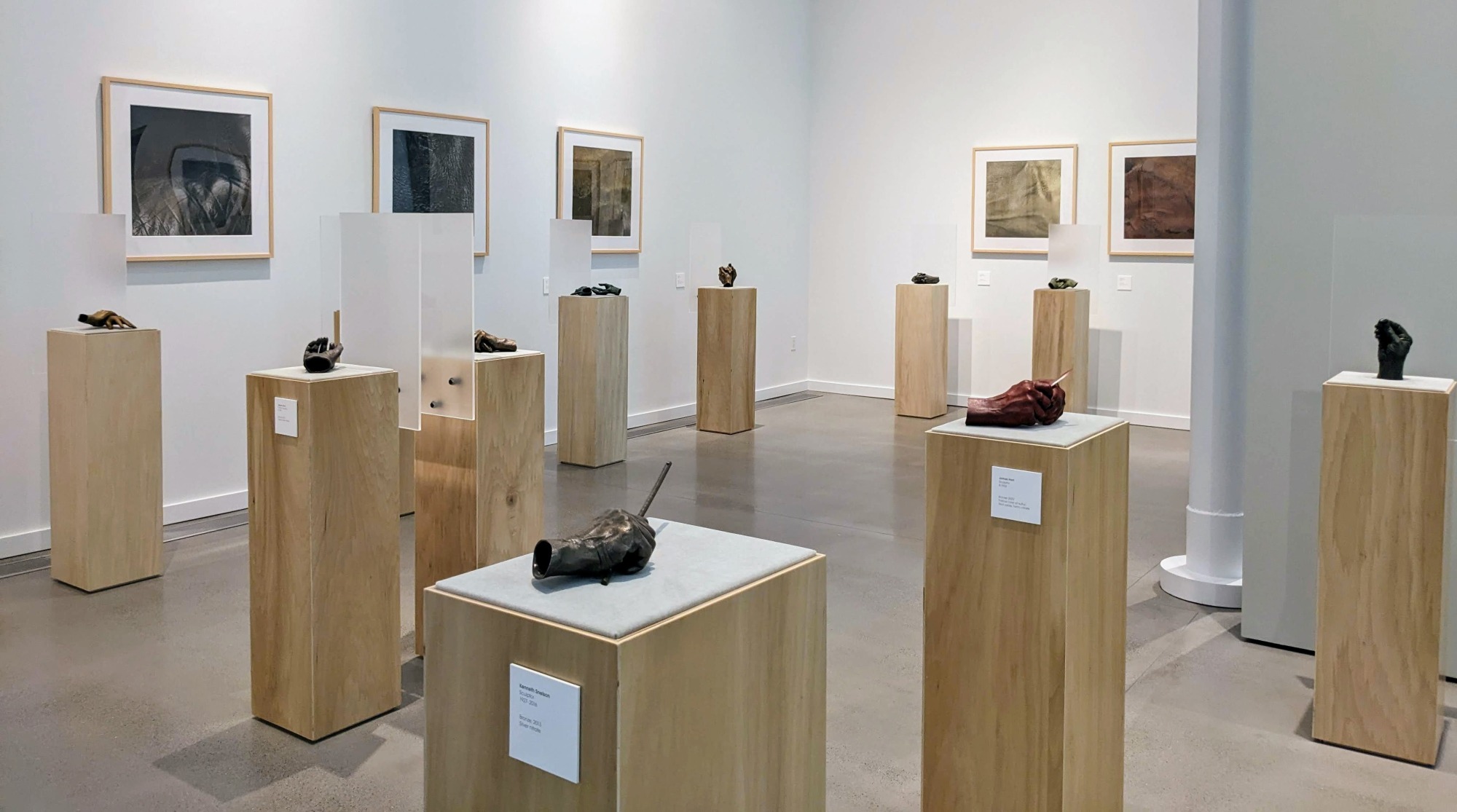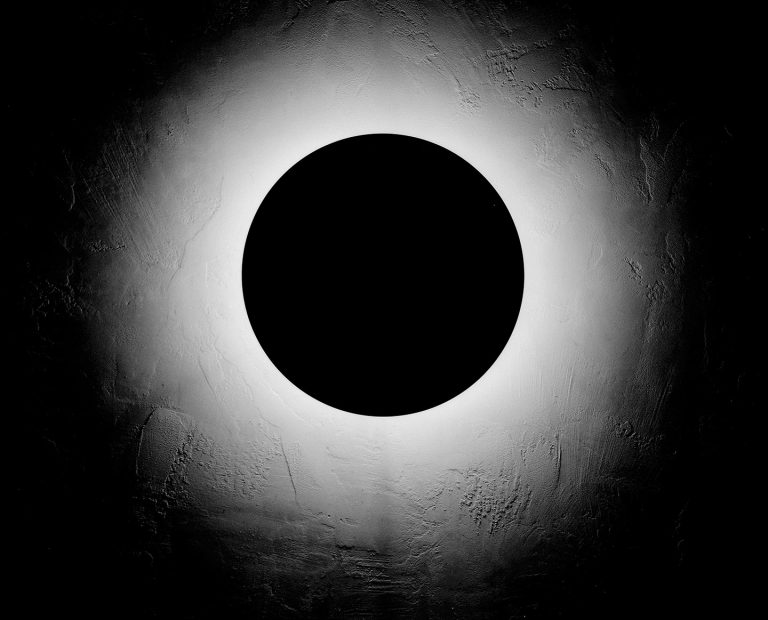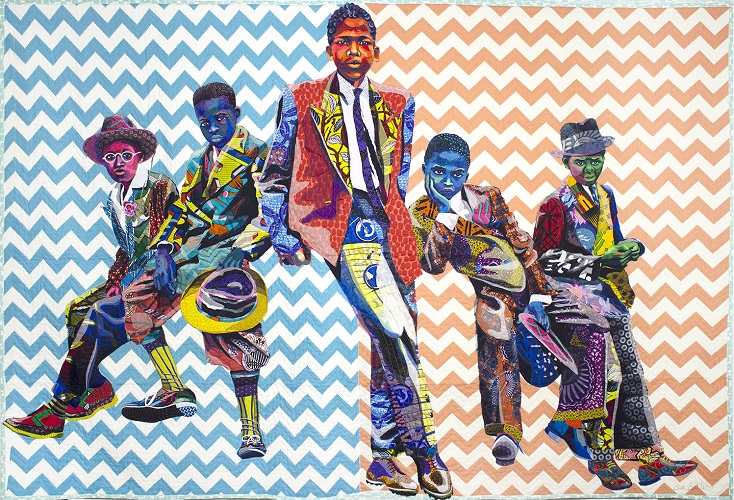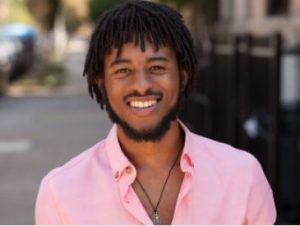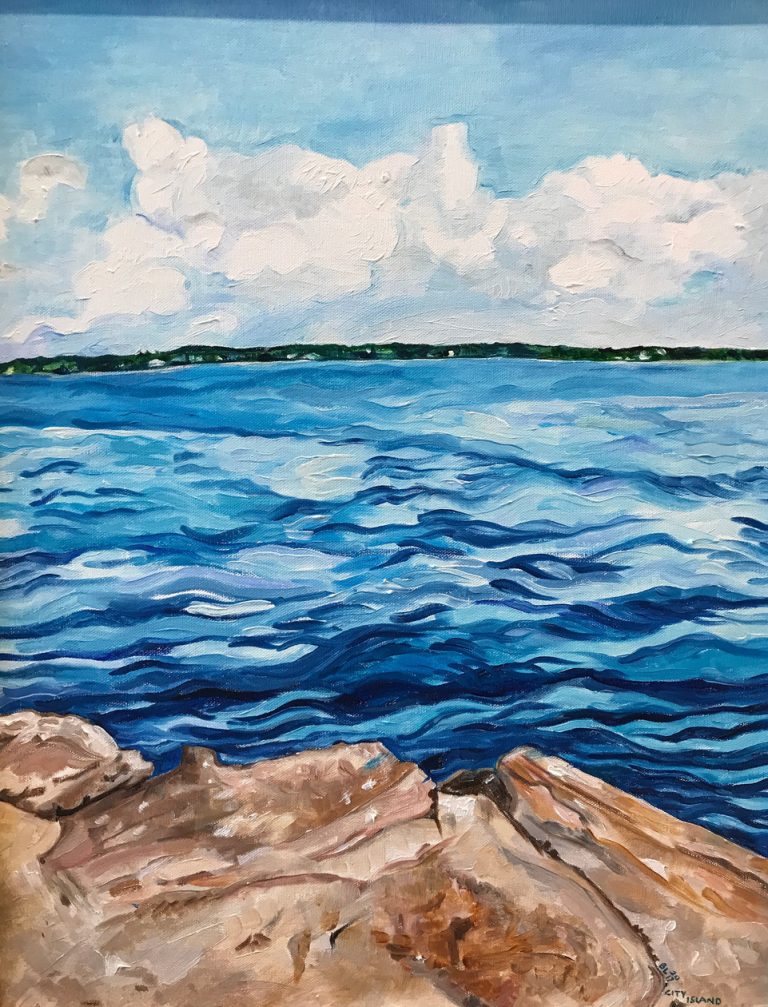Portraits in the Form of a Bronze Hand Cast
Hands are potentially more telling than a face when it comes to expressing an artists’ relationship to their craft and creations. This is what the Portraits of Process exhibition at David Rockefeller Creative Arts Center demonstrates. The show, on view through July 21, 2024, puts viewers face-to-face, or face-to-hand as the case may be, with bronze life castings of 34 renowned artists’ hands.
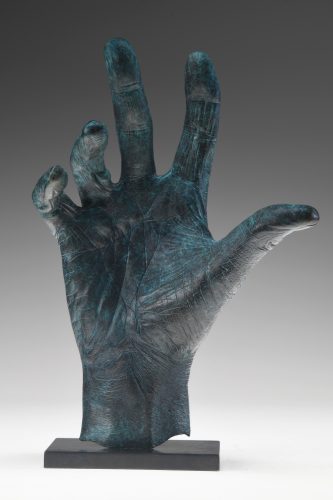
According to American Artists’ Hand Archive (AAHA), which crafted the castings, the mutual effect between an artist’s hands and his/her chosen medium is apparent. At the very least, artists’ hands are primary tools for producing art. On the other hand, hands record the impact that the material leaves on the body.
AAHA Founder Vanessa Hoheb learned sculptural techniques while assisting her father, sculptor Bruce Hoheb, in his studio as he worked closely with iconic contemporary artists like Willem DeKooning, Louise Nevelson, Robert Indiana and Jasper Johns. This was the origin of AAHA, which aims to document artists’ hands “as agents of creativity… [that] bear the marks of use that are inextricably tied to important contributions to contemporary American art.”
For the casts, selected painters, sculptors, designers and a filmmaker – who represent diversity in age, gender and ethnicity – were asked to choose their own hand gestures. Sometimes they also hold an object that represents the artist’s media. For instance, William Tucker holds a piece of clay in his cast.
Vanessa Hoheb, along with AAHA’s artistic director, Thomas Donahue, collect these casts with the goal of archiving them for exhibition, giving visitors a look at the collaborative nature between AAHA and the artists – which Hoheb underscores as “collaboration in the truest sense of the word,” aimed “to reveal the powerful common denominator of simple humanity.”
Donahue added that the project is about artists’ lives, noting that “through these collaborations, artists were getting to know themselves from yet another perspective.”

During this collaborative process, the Archive team uses complex lost-wax casting technique, which consists of several preparation stages that visitors can learn about from a film presented at the gallery. This labor-intensive process, which requires tremendous attention to detail, aims to capture every skin and muscle distinction, every hand deformity, to portray the artist’s physicality and relationship with their chosen material.
Each bronze cast is supposed to tell a story. These artists, unlike many celebrities, do not try to embellish the representation of their hands; they are completely open to exposing their physical limitations or peculiarities that are due to age, illness or the impact of working with their creative material. Broken nails, wrinkles, arthritis, protruding veins, and scars are displayed with unabashed pride. Irene O’Garden, who was commissioned to write a poem that accompanies every AAHA exhibition, aptly puts it that “the hands of masters” are “more intimate than faces – free of masks.”

For instance, in Kenneth Snelson’s cast, we can observe a damaged nail due to botched surgery. But along with that, we see a strong hand firmly holding a metal rod that refers to Snelson’s famous “tensegrity” sculptures.
Sculptor Peter Haines demonstrates “a character of hands” by specifically choosing to cast the left hand, since it had Dupuytren’s contracture. The disease is seen in his two fingers that are bent toward the palm and the viewer is forced to imagine how it impacted Haines’ creative process and handling of the material.
A similar story can be traced in Chuck Close’s cast, where the viewer can see limp skin folds that formed due to post-seizure muscle dystrophy that left Close paralyzed from the neck down. After regaining some functions, Close continued to paint with a brush strapped onto his wrist.
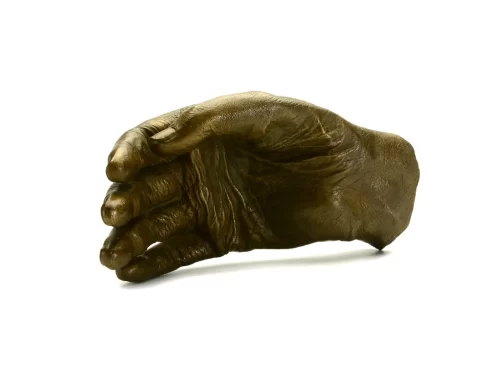
Some bronzes contain artists’ work attributes. Tom Otterness holds a chisel; James Hart, a knife; and Ed Smith holds a heavy-duty nail. The most telling self-representation is probably in Japanese sculptor Toshio Odate’s bronze cast. Calling it his autobiography, Odate chose to show a position of sharpening the blade with the stone in the tradition of famous Japanese blade makers. Bronze casting unveils natural muscle memory in the index finger pressing down the blade. In addition, using 3D scanning for the stone, the sculptor is showcasing his desire to merge old and new art-making technologies, as if to say that he is not replacing, but instead complementing with a contemporary take art that is rooted in history.
To better immerse viewers into AAHA’s vision, Donahue invited photographer Mark Lacko to document every stage of the process and create accompanying close-up abstract photographs of the casts. This presents an entirely different view of the artists’ hands in relation to their process.
Due to a careful approach toward the project, the viewer can discover each artist’s personality and creativity, providing a better understanding of what contributes to the creative process behind the scenes.
Photo Credit: Gallery photo by Yana Rolnik; photos of works by AAHA photographer Mark Lacko.
About Yana Rolnik
Yana Rolnik is a freelance art historian and full-time Director of Software Engineering at Confluence Technologies. She has a Bachelors in Computer Science, Masters in Art History, and is pursuing Masters in Entrepreneurship in the Arts.

